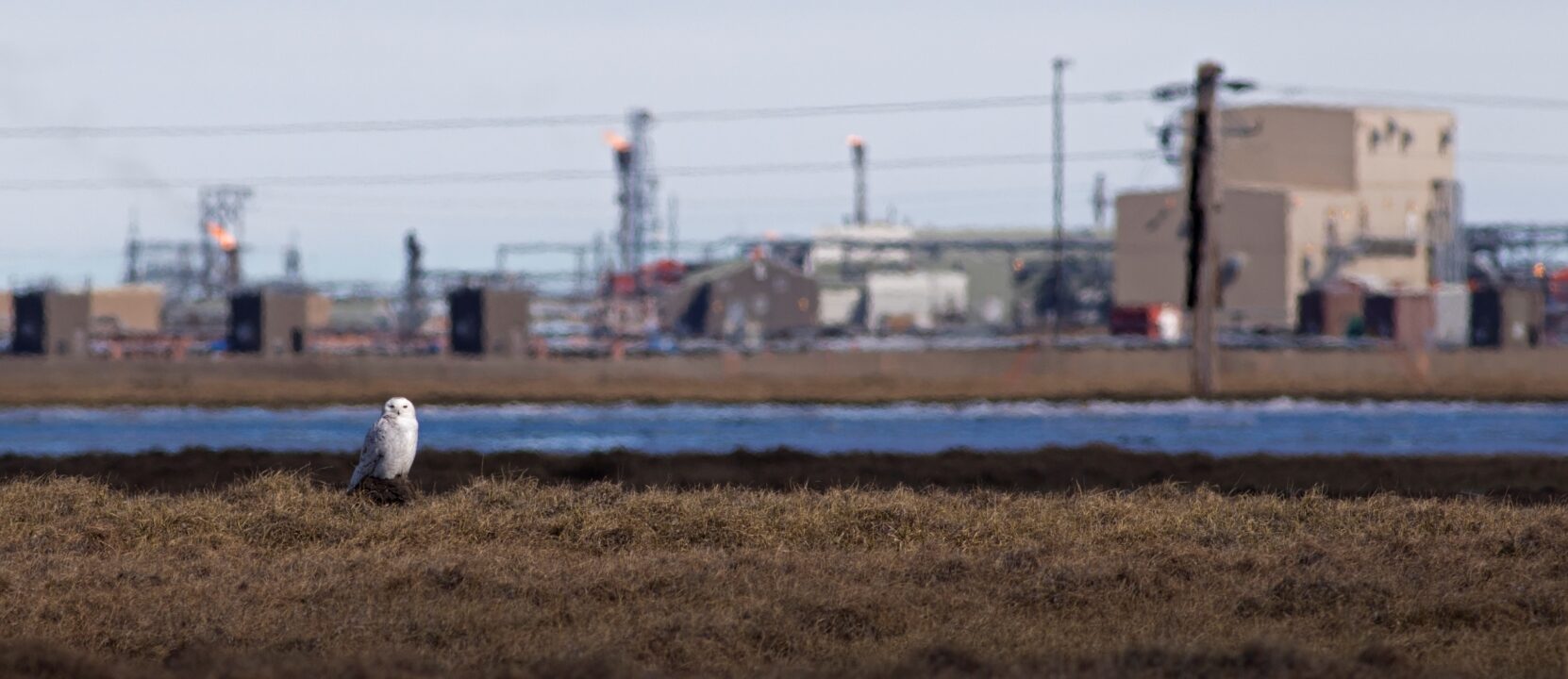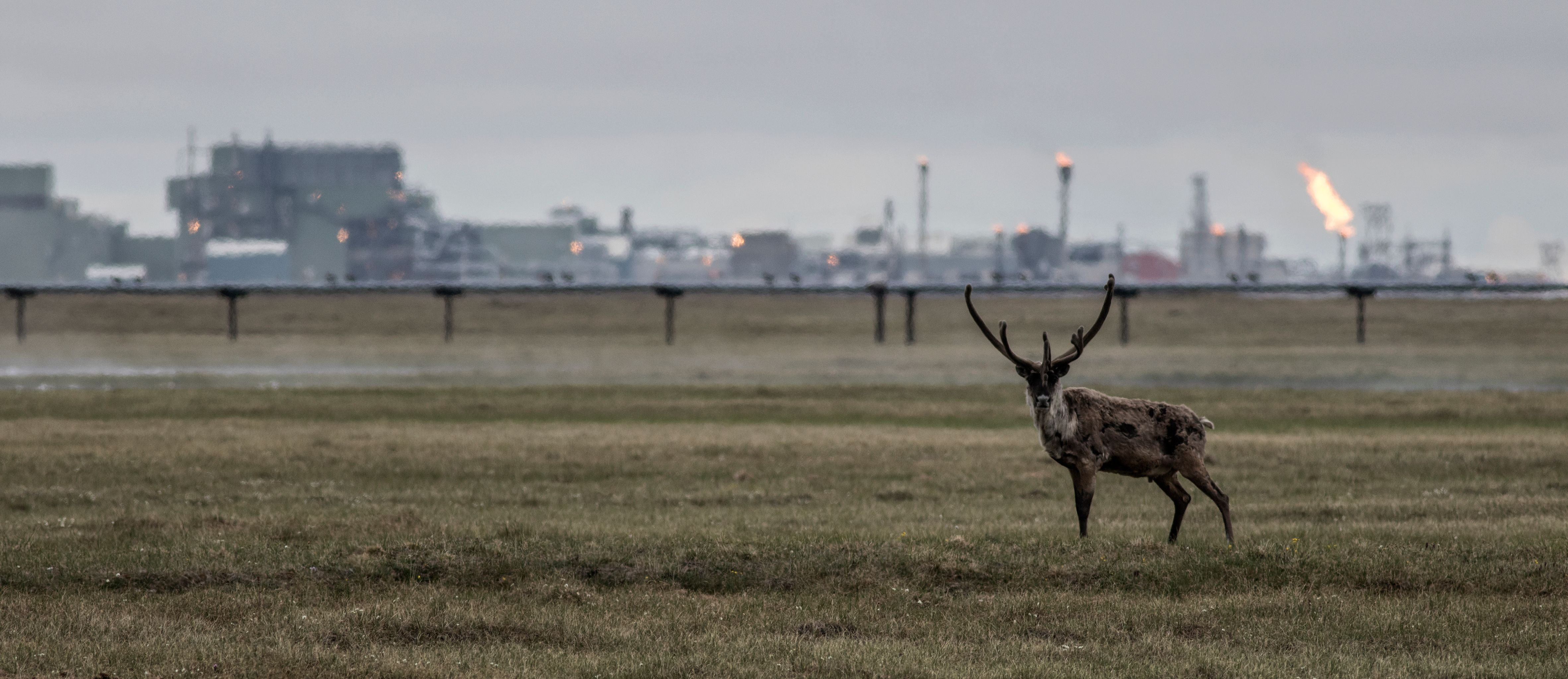A brand new Wildlife Conservation Society (WCS) research discovered that the nest survival of migratory birds in Prudhoe Bay, Alaska, decreased considerably close to oil and fuel infrastructure. Prudhoe Bay is a vital avian breeding floor, and tens of millions of birds nest there earlier than migrating to different elements of the world. The research means that oil and fuel growth could also be harming hen populations.

The findings, described within the journal Avian Biology, come because the U.S. not too long ago accepted the $8 billion Willow oil challenge – a controversial, long-term effort to drill in Alaska’s largest remaining untouched wilderness within the U.S., the 36,875 sq. mile Nationwide Petroleum Reserve (NPR-A) west of Prudhoe Bay. Willow’s deliberate infrastructure borders the Teshekpuk Lake Particular Space, one in every of 5 areas inside the NPR-A which were put aside from manufacturing attributable to vital ecological significance or subsistence worth – on this case nesting waterfowl and shorebirds, in addition to caribou.
Stated Martin Robards, Regional Director of WCS’s Arctic Beringia Program and an creator of the research: “Tundra-breeding birds cope with quick breeding seasons, harsh weather conditions, and now, quickly altering, variable, and unpredictable environmental situations brought on by local weather change. Moreover, as we exhibit right here, these breeding in industrial areas are impacted by human actions too. The urgency to raised perceive these relationships and mitigate impacts can’t be expressed strongly sufficient, given broadly acknowledged declines in these species, our nationwide and international obligations to guard migratory birds, and the potential impacts which can be massive.”

The research discovered that nest survival was considerably decrease close to oil and fuel infrastructure, even after controlling for different elements corresponding to distance from the coast, elevation, and vegetation. The authors counsel that quite a few elements related to industrial growth, corresponding to habitat degradation, noise, and elevated predator populations, could also be contributing to the decline in nest survival.
The research’s findings are regarding, as Prudhoe Bay is a vital avian breeding floor. Hundreds of thousands of birds nest there earlier than migrating to different elements of the world. The research means that oil and fuel growth could also be harming hen populations.
WCS Govt Vice President for Public Affairs John Calvelli mentioned that the research’s findings “spotlight the necessity for the U.S. authorities to take steps to guard migratory birds.” He known as on the federal government to “guarantee an important hen areas proceed to be put aside, as has been finished via the NPR-A’s Particular Areas.”
The NPR-A is the Nationwide Petroleum Reserve-Alaska, which is a big space of land in Alaska that’s managed by the U.S. Division of the Inside. The NPR-A accommodates quite a few Particular Areas which were put aside for the safety of wildlife.
Calvelli’s assertion is a reminder that we have to do extra to guard our wildlife. Industrial growth can have a major impression on wildlife populations, and we should be cautious to mitigate these impacts.
PHOTOS: WCS (Wildlife Conservation Society)
MISSION: WCS saves wildlife and wild locations worldwide via science, conservation motion, schooling, and provoking individuals to worth nature.


